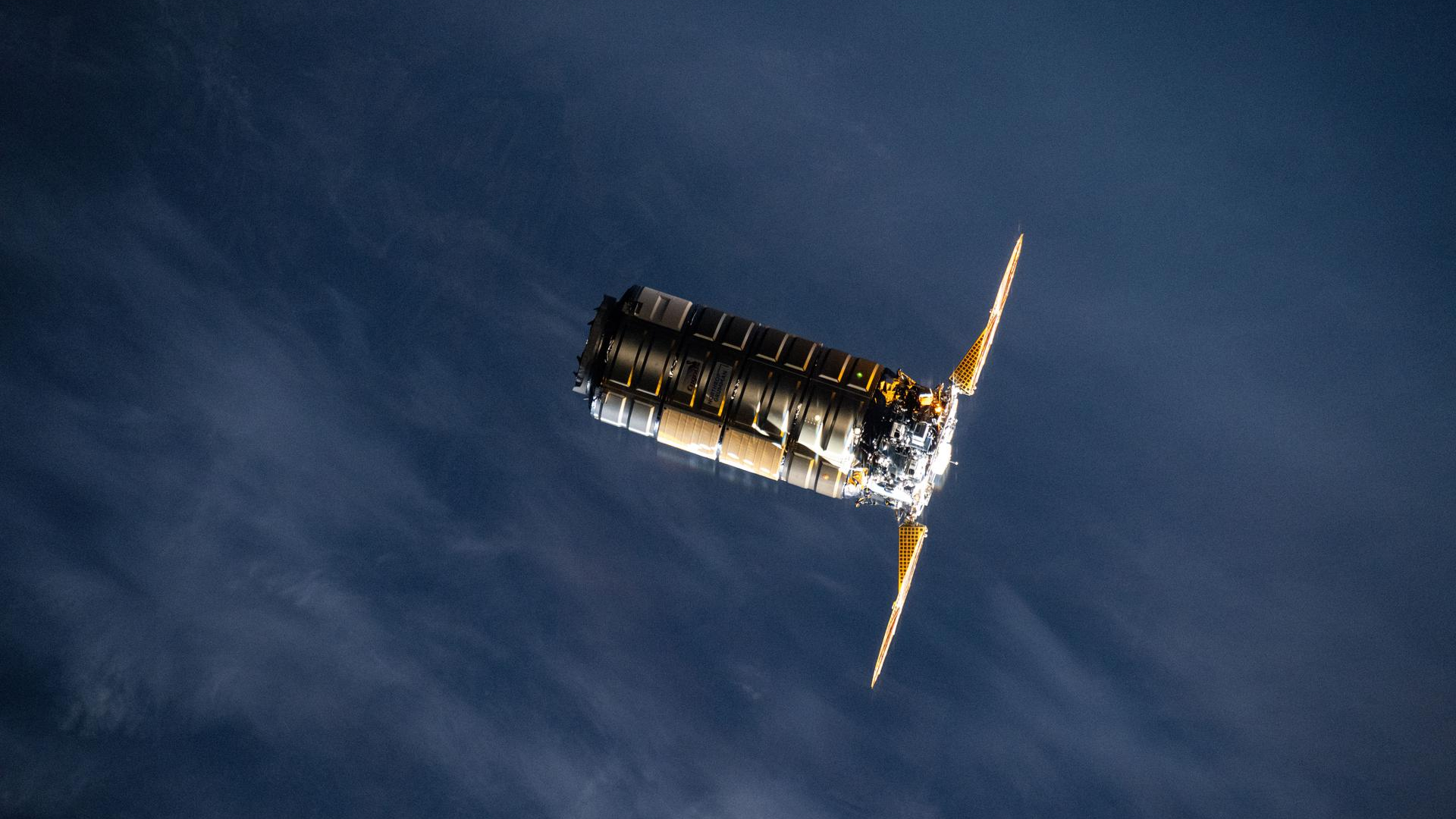Latest about Galaxies
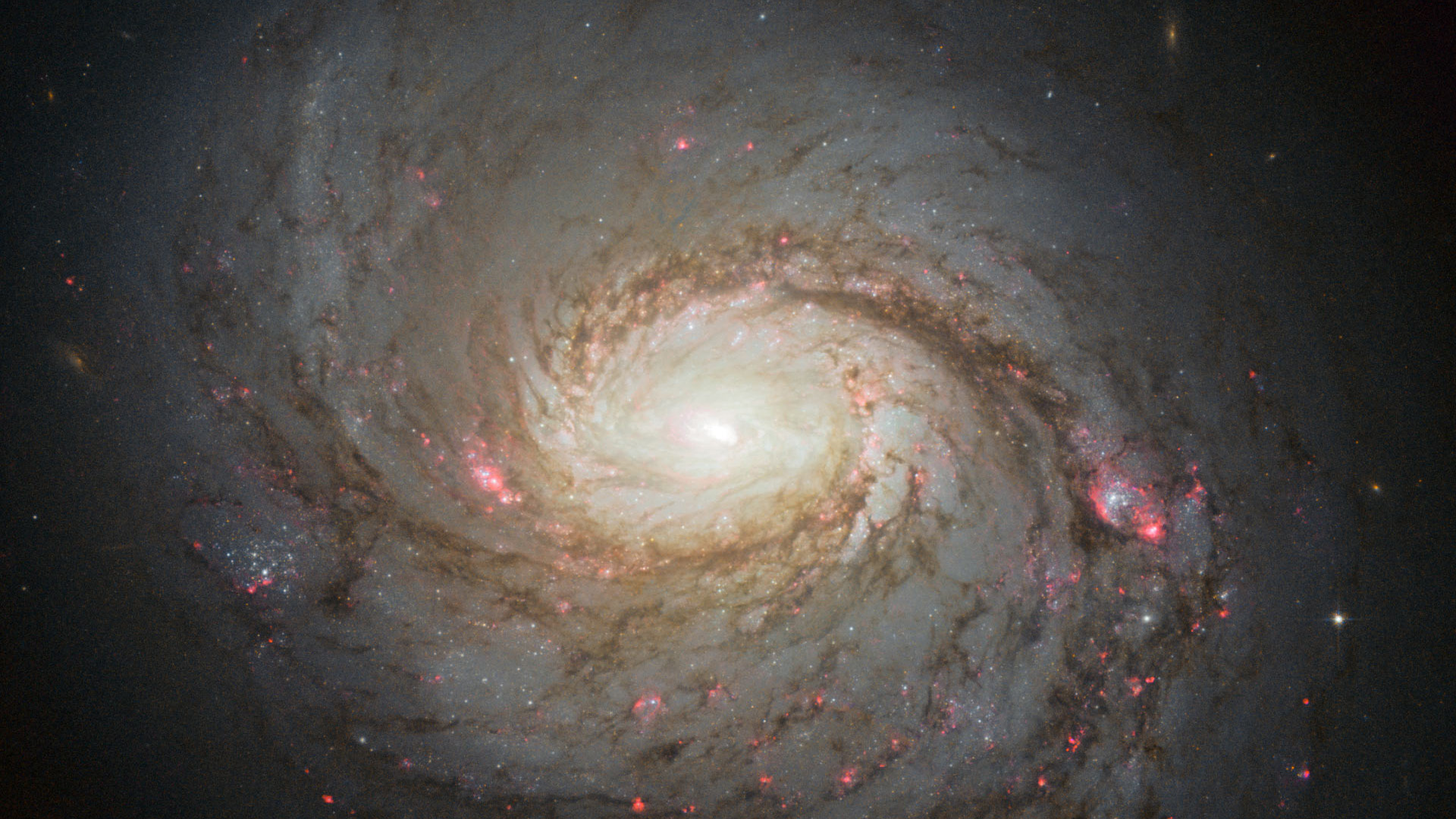
Galaxy quest: A galaxy-themed trivia quiz
By Kenna Hughes-Castleberry published
Dive into the dazzling depths of the universe with this galaxy-themed trivia quiz that spans cosmic facts, mysterious phenomena, and the wild wonders of deep space.
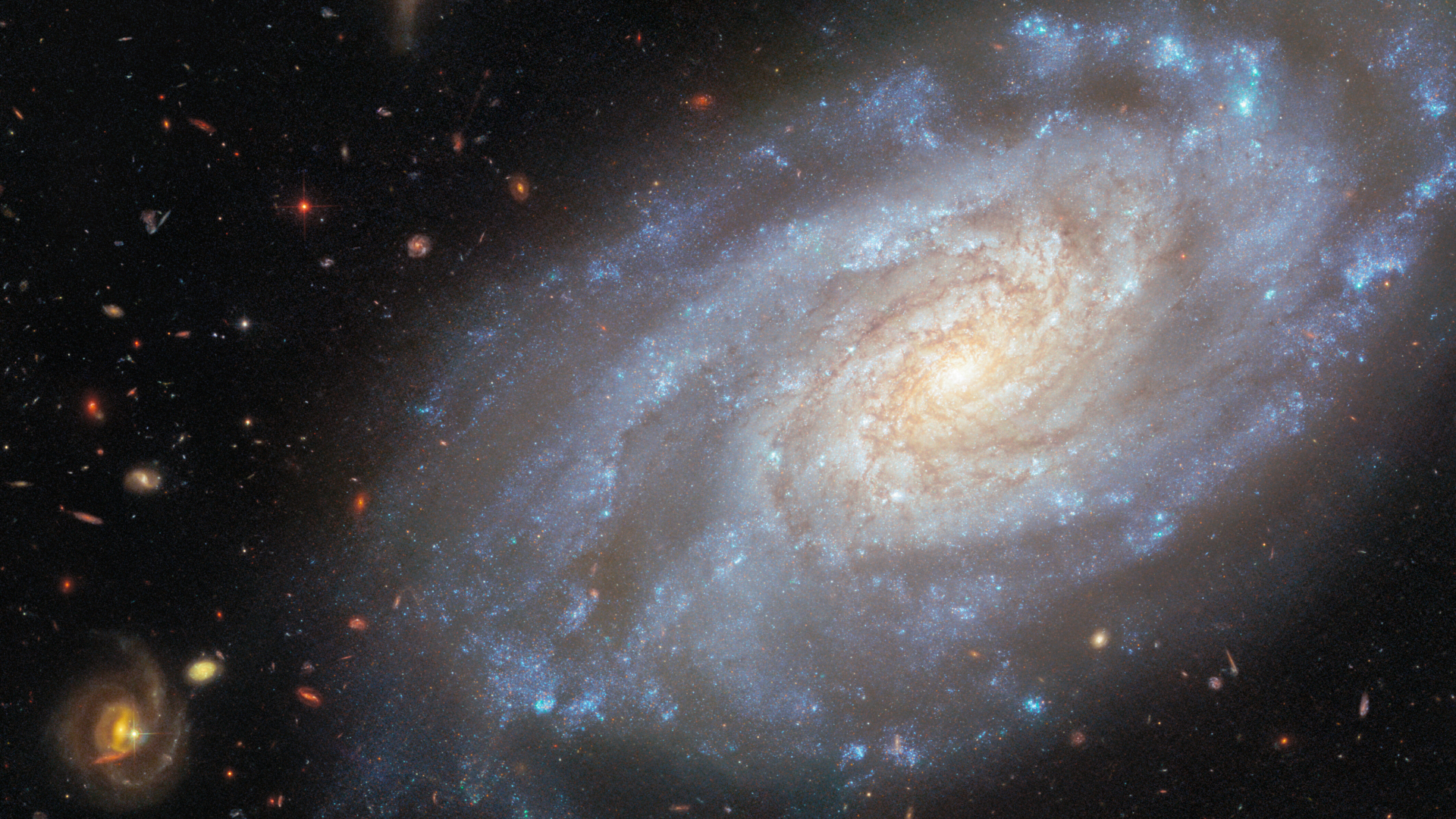
Hubble sees spiral galaxy in Lion's heart | Space photo of the day for Nov. 4, 2025
By Kenna Hughes-Castleberry published
The European Space Agency and NASA's Hubble Space Telescope recently visited the spiral galaxy NGC 3370
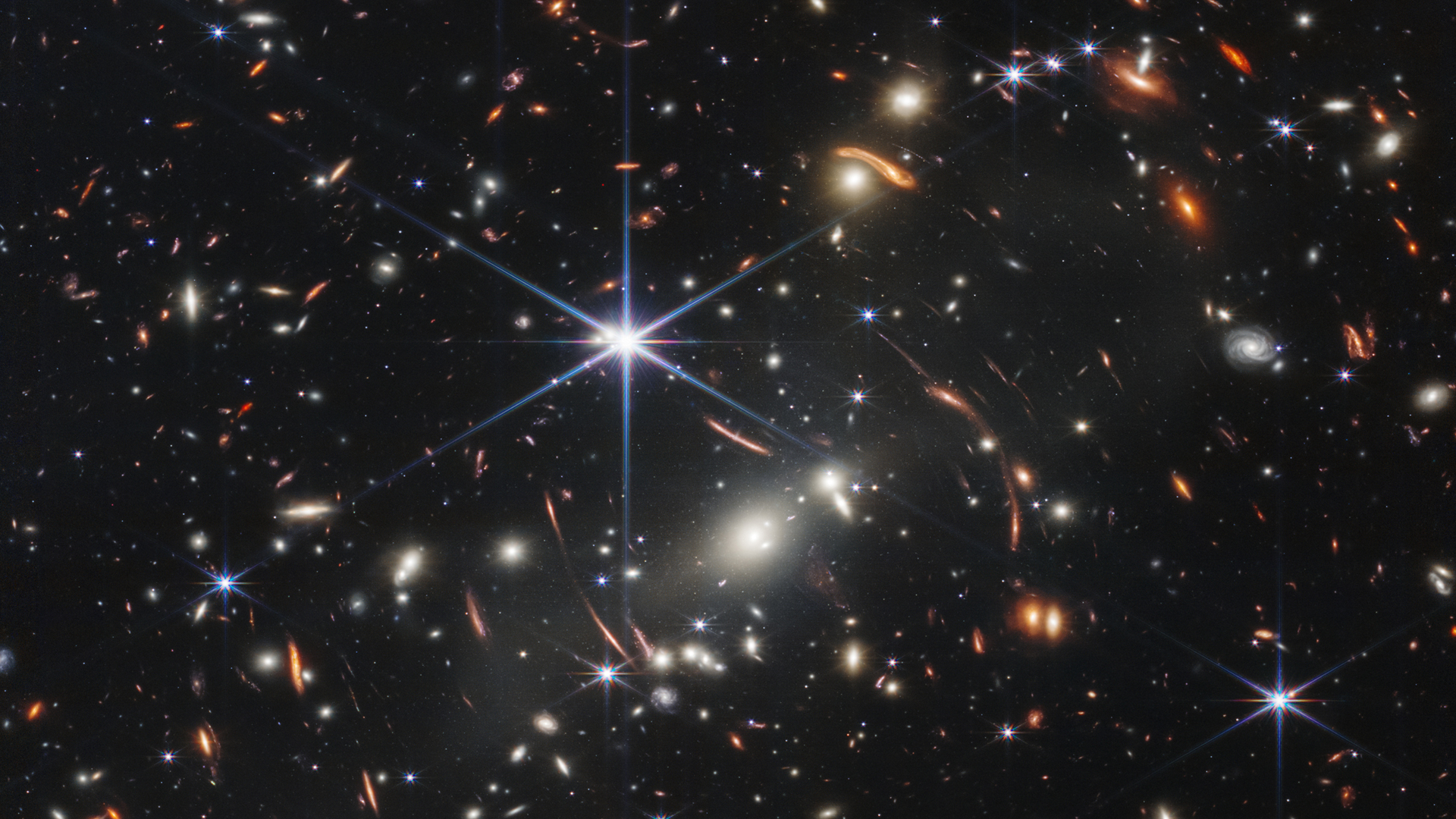
Our universe's oldest galaxies were hot messes
By Kiona N. Smith published
A new study used the James Webb Space Telescope to study how our universe's first galaxies were.
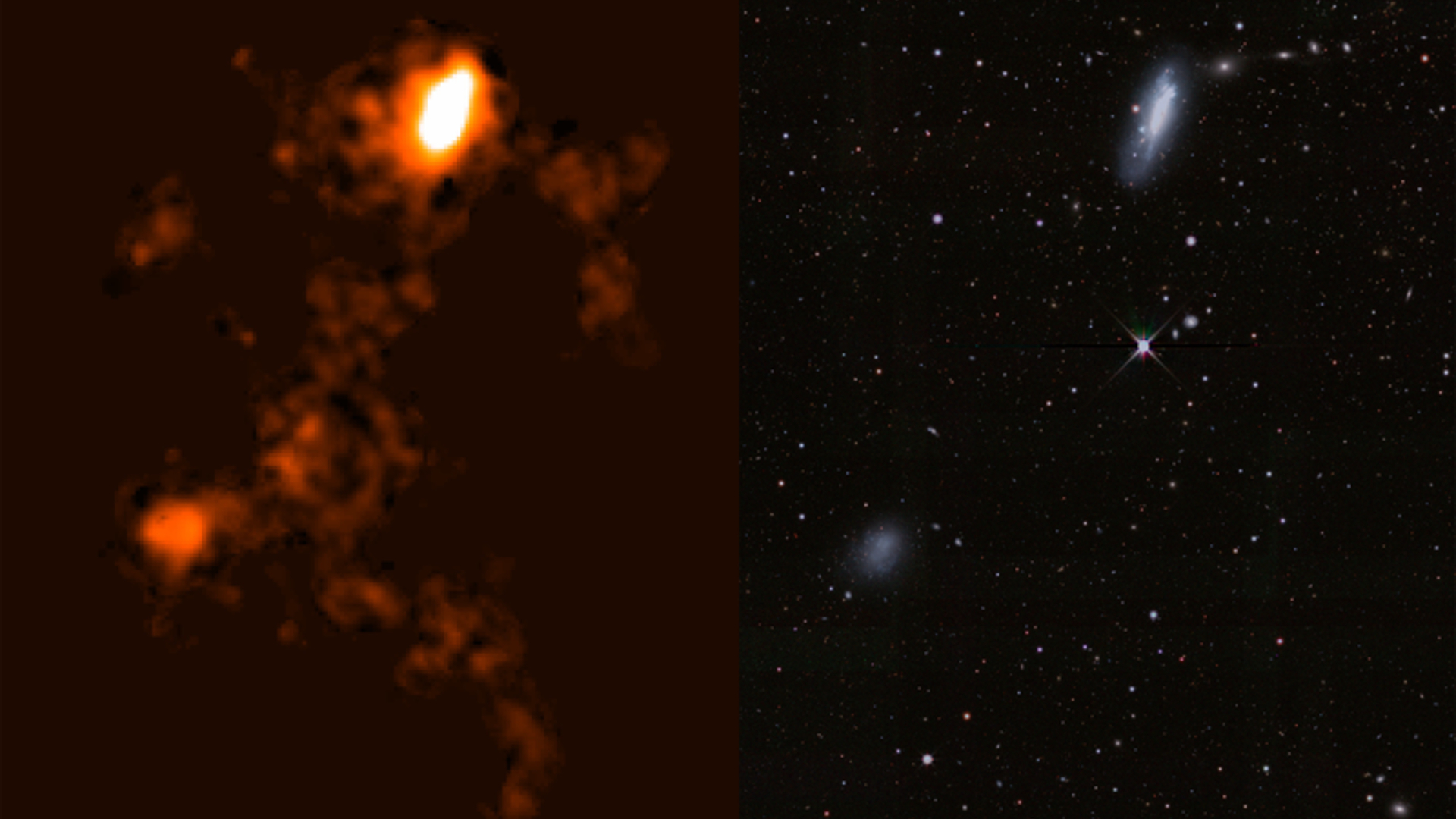
These 2 galaxies are falling into the Virgo Cluster at a staggering rate of 547 miles per second
By Keith Cooper published
Two galaxies connected by a bridge of hydrogen gas are falling into the Virgo Cluster.
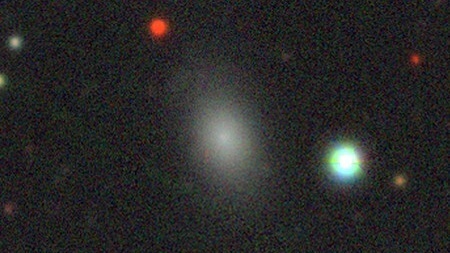
Astronomers discover rare 'runaway' dwarf galaxy hiding a violent past
By Sharmila Kuthunur published
The discovery of a rare runaway galaxy suggests some isolated systems were shaped by past group interactions before being flung into solitude.
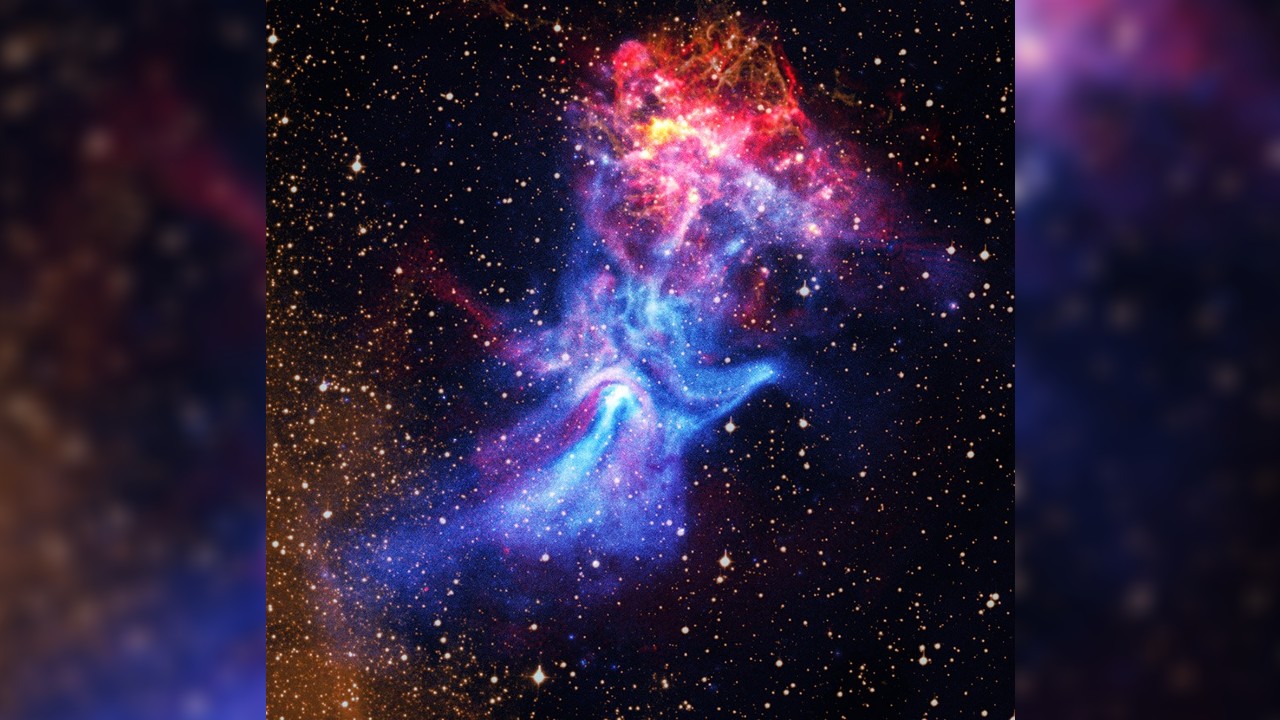
Supernova blast sculpts ghostly hand-shaped nebula in the cosmos (video)
By Samantha Mathewson published
An image from NASA's Chandra X-ray observatory shows a glowing hand stretching across the cosmos with its palm and fingers sculpted from the wreckage of a massive stellar explosion.
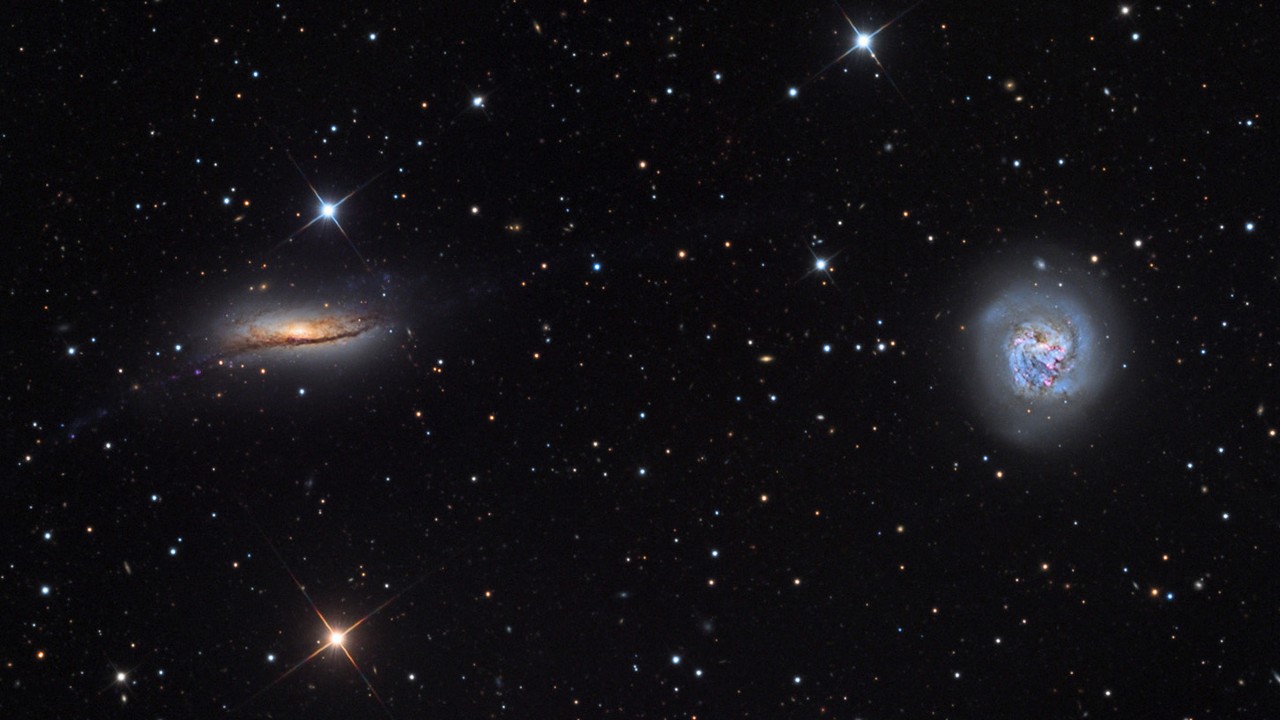
Pair of colliding galaxies may hint at the fate of the Milky Way and its closest galactic neighbor
By Keith Cooper published
The impending merger of the two galaxies hints at what might be in store for the Milky Way and the Andromeda galaxy if and when they collide.
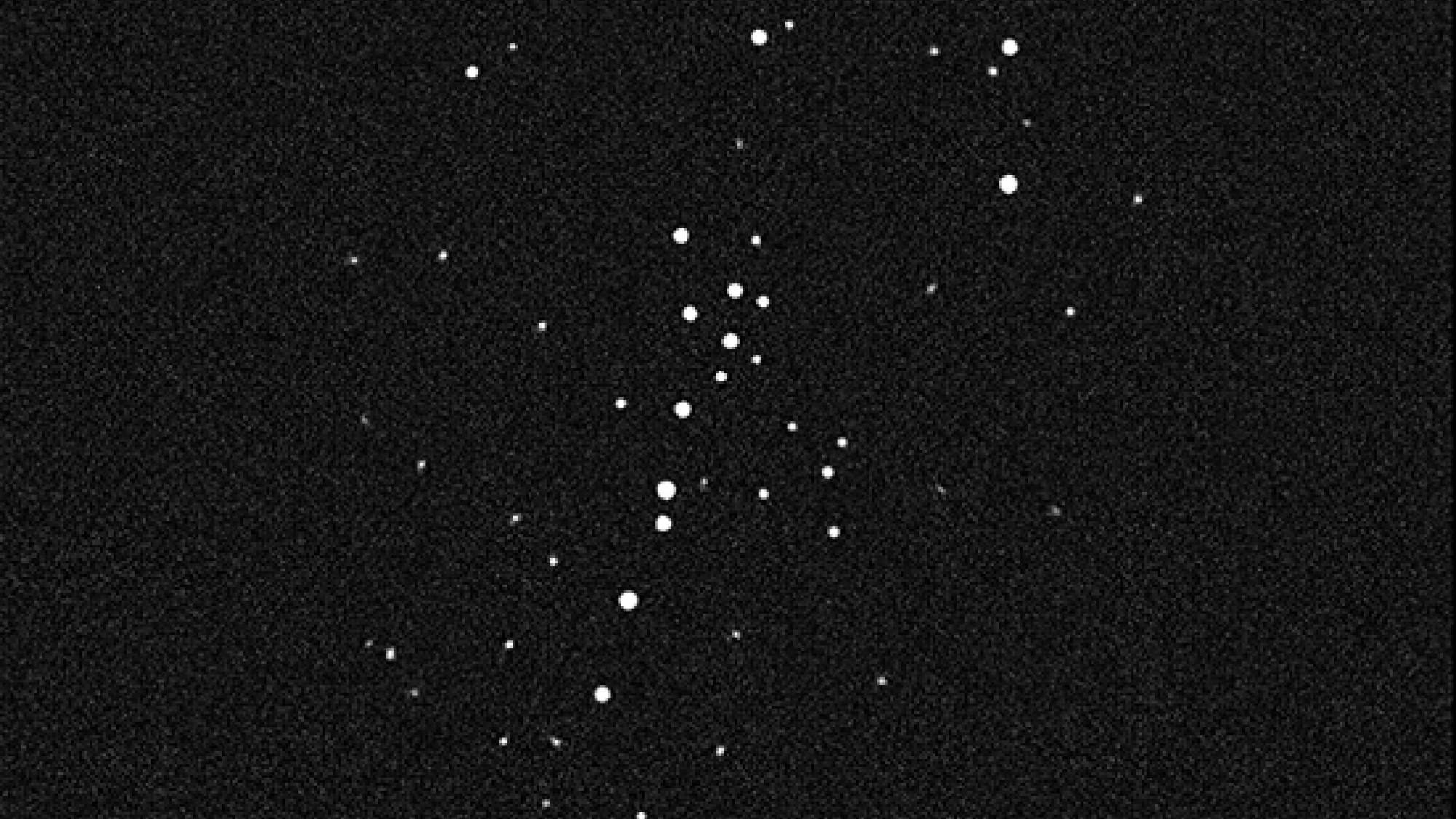
The Milky Way's faintest satellite may not be what astronomers thought. 'These results solve a major mystery in astrophysics'
By Samantha Mathewson published
A distant galaxy nicknamed "Cosmic Grapes" is bursting with massive star-forming clumps — far more than expected — offering fresh clues about how galaxies grew in the early universe.

Discovery of 250 'mini galaxies' could help scientists pin down the nature of dark matter
By Victoria Corless published
Only a fraction of the size of the Milky Way, these galaxies have thus far been too faint for most telescopes to spot.
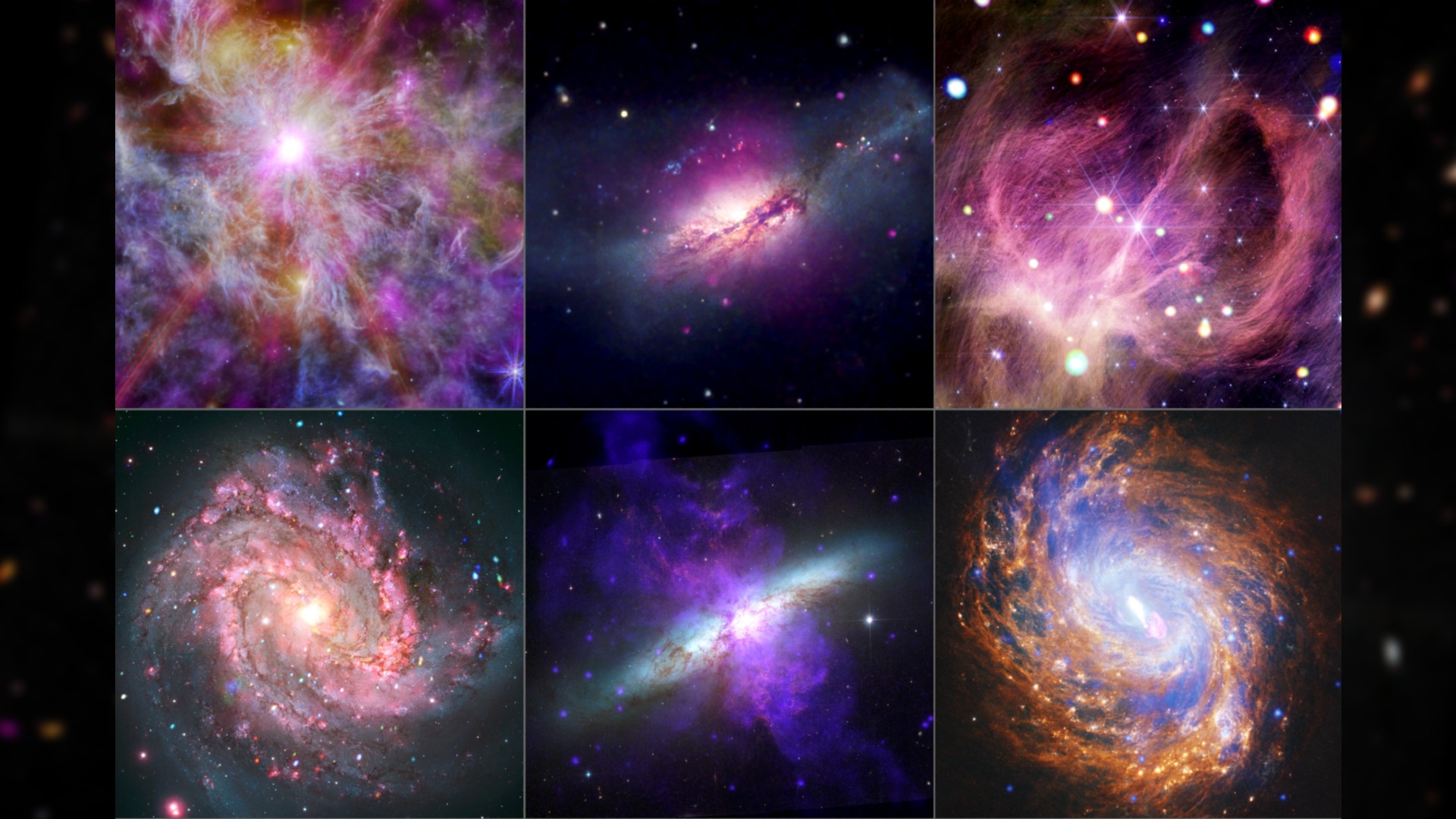
These gorgeous new images of the cosmos from NASA's Chandra X-ray telescope took our breath away (video)
By Samantha Mathewson published
NASA has unveiled a dazzling new collection of cosmic images from the Chandra X-ray Observatory, capturing spectacular stars and galaxies in unprecedented detail.
Breaking space news, the latest updates on rocket launches, skywatching events and more!
